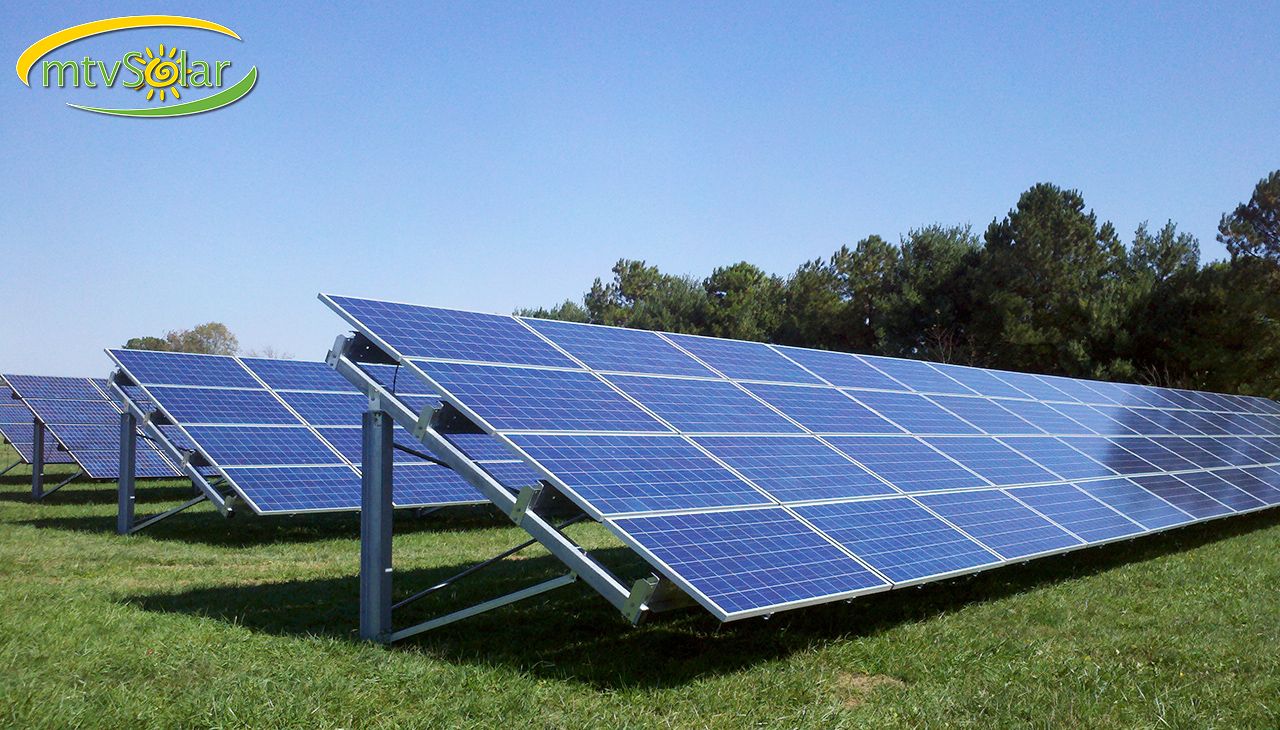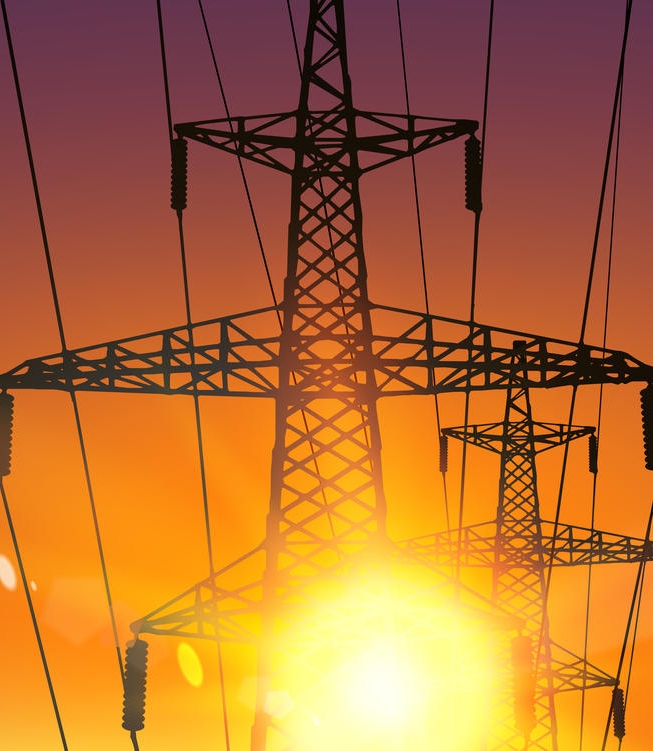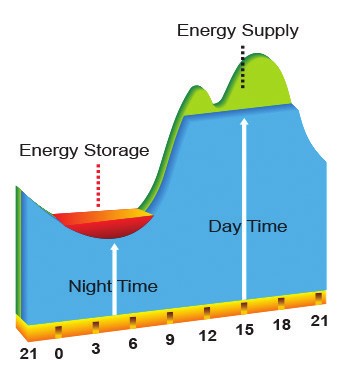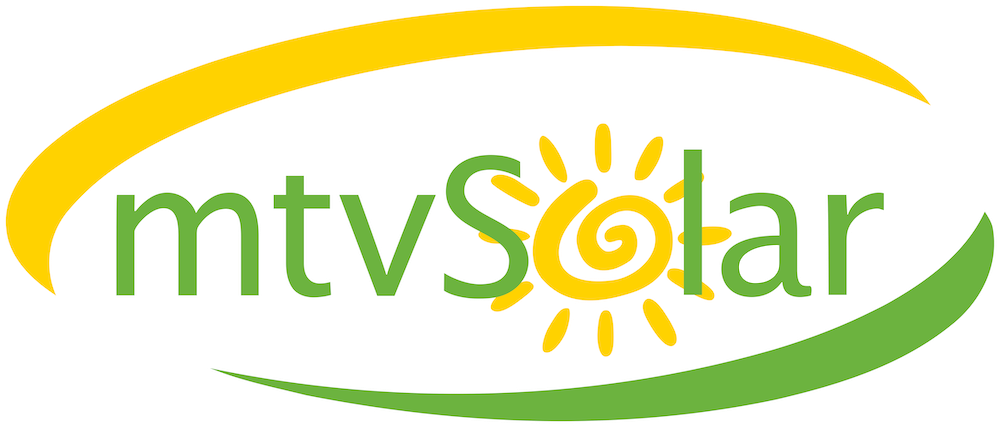 Every business, no matter how large or small, is constantly looking for ways to optimize costs and reduce overhead. Some methods for accomplishing this are better than others and you know you’ve found an ideal optimization opportunity when you can cut costs without sacrificing something else. One of the most effective ways to bring down your overhead this year is also one of the most popular: energy efficiency. Though you may have accepted, like many did, that the amount of power you use is impossible to change and therefore the cost simply must be accepted, there are actually dozens of methods to reduce your use and your bill. You can replace old appliances with energy-efficient models, maintain your HVAC system, have double-paned windows and doors, and so on.
Every business, no matter how large or small, is constantly looking for ways to optimize costs and reduce overhead. Some methods for accomplishing this are better than others and you know you’ve found an ideal optimization opportunity when you can cut costs without sacrificing something else. One of the most effective ways to bring down your overhead this year is also one of the most popular: energy efficiency. Though you may have accepted, like many did, that the amount of power you use is impossible to change and therefore the cost simply must be accepted, there are actually dozens of methods to reduce your use and your bill. You can replace old appliances with energy-efficient models, maintain your HVAC system, have double-paned windows and doors, and so on.
However, one thing that most companies don’t realize is that there’s an opportunity to lower your power bill without even needing to lower your energy use. Take a look at your last power bill. Is there a special category of fees labeled ‘KW charge / KVAR / billed load’ or something similar? Believe it or not, this isn’t for the power itself but for the maximum amount of power used in a 15 minute interval during the billing period. We’re here today to explain what exactly the power company means by ‘Demand Charges’ and how to reduce them.
How Power Flows
 Power flows. While everyone is familiar with talking about power as if it were a river with terms like “flow”, and “current”, most people don’t actually realize what this means in terms of getting power to everyone or how the power gets from the generation plants to homes and businesses. Power is not static like a block of material from which you can break off a little when you need it. It flows like a river. The power lines between you and the nearest plants are enormous channels of power and each street light, home, and business is like a small stream that diverts a little of the nearby flow. That power then comes in through your breaker box and is split further to your outlets where it is used up by your appliances which turn it into work and heat. Normally each little stream has an unnoticeable effect on the overall river of power that supplies your neighborhood and town, but what happens when every home or office suddenly starts needing more than their usual share?
Power flows. While everyone is familiar with talking about power as if it were a river with terms like “flow”, and “current”, most people don’t actually realize what this means in terms of getting power to everyone or how the power gets from the generation plants to homes and businesses. Power is not static like a block of material from which you can break off a little when you need it. It flows like a river. The power lines between you and the nearest plants are enormous channels of power and each street light, home, and business is like a small stream that diverts a little of the nearby flow. That power then comes in through your breaker box and is split further to your outlets where it is used up by your appliances which turn it into work and heat. Normally each little stream has an unnoticeable effect on the overall river of power that supplies your neighborhood and town, but what happens when every home or office suddenly starts needing more than their usual share?
Too many little streams coming off of the ‘river’ results in not enough power coursing down the main power line which means that some people won’t be able to get all the power they need. When the lines become overwhelmed with demand, this results in rolling brownouts and possibly even short blackouts, a common symptom of peak hours. During these times when demand is highest, power companies must fire up “peaker plants” which are costly power plants that only run to meet high demand. To cover these and other associated costs, utilities bill according to this peak load.
On the West Coast and in other places, power companies sometimes ask everyone to pay demand charges but here in the mid-Atlantic region, only businesses are billed for demand.
Understanding Peak Hours
The concept of peak hours is something that took some time to figure out about modern power infrastructure. It is based on years of pattern analysis and a study of human behavior in the macro-scale, but the results are clear and undeniable. Peak hours are the predictable hours in which people use the most power. This is mostly related to the season and influenced by the use of HVAC systems in private residential homes but business uses do factor in.
Winter Peak Hours
In the winter, peak hours are in the morning and late evening when people are awake and the weather is the coldest. From early to mid-morning, people are waking up and warming up their homes with heaters or coming into the office to get the entire building warmed up for arriving employees. The second set of winter peak hours spans from just after the sun goes down to mid-evening. These are times when people head home and heat their houses back up for dinner before letting them cool again for a nice deep winter sleep. Businesses that are open late also need to warm back up to keep evening employees comfortable.
Summer Peak Hours
In the summer and during unusually warm weather in the fall or spring, there is only one peak time but it is quite long and during an inconvenient time for businesses to reduce their use. Summer peak times are from the mid-afternoon to early-evening when the sun has had the most time to warm everything but has not yet set to allow for cooling. This also covers the time when children and their parents get home from school and work and fire up the AC.
For those familiar with their power bills, you may already know that heaters and air conditioners can account for 50% or more of building power demands. It is this trend of heating and cooling at certain times of day that can put a very significant strain on what the power company can provide.
How Demand Charges Work
Having a much better understanding of how power flows and why peak hours can cause rolling brownouts, the power company’s desire to encourage less use during this time is understandable.
In the mid-Atlantic area, demand charges are based on the highest 15-minute average usage recorded within a given month. If the facility tends to use a lot of power over short periods, the demand charges will comprise a larger part of the bill. If the facility uses power at a more consistent rate throughout the month, the demand charges will generally be a smaller part of the bill. This is especially important for buildings with more than just lights and computers. Manufacturing equipment, machine shop gear, and other larger tools and equipment can also draw an incredible amount of power. In their way, power companies are asking businesses to cool it on any high-demand power and, if they can, to take some of the load of the unchangeable residential need for power. This means that the less power you manage to use during your current peak hours, the fewer demand charges you will see.
Getting Clever with Solar
 Of course, we mentioned earlier that you could reduce your demand charges without even reducing your power use and that wasn’t a red-herring. The key is to provide some of your own power to your building so as to reduce your peak demand. Hospitals and manufacturing facilities have done this with their backup-generator for the savings, but this isn’t exactly green energy. The environmentally friendly solution is solar panels and batteries. While solar alone can lower your bill significantly, if a large portion of the bill is demand charge you’ll need to be able to store that energy to use at the most opportune time.
Of course, we mentioned earlier that you could reduce your demand charges without even reducing your power use and that wasn’t a red-herring. The key is to provide some of your own power to your building so as to reduce your peak demand. Hospitals and manufacturing facilities have done this with their backup-generator for the savings, but this isn’t exactly green energy. The environmentally friendly solution is solar panels and batteries. While solar alone can lower your bill significantly, if a large portion of the bill is demand charge you’ll need to be able to store that energy to use at the most opportune time.
Here at Mountain View Solar, we can analyze your power usage and implement a solution to automatically reduce your load on the grid using stored solar energy. To learn more about how we accomplish this, refer to our article “How Business Owners Can Fight Demand Charges“.
For more information about how to dodge demand charges with clever use of solar and battery storage, contact us now for a FREE consultation. mtvSolar is your local licensed and qualified solar and energy storage provider for the West Virginia, Northern Virginia, Maryland and Pennsylvania service area.

